Revolutionize your teaching with "Educational Neuroscience for Educators: Empowering Minds for Inclusive Action," an immersive course designed to integrate neuroscience into inclusive learning environments. Empower your students through targeted strategies that leverage brain science to enhance learning outcomes and foster inclusivity.
In this course, you'll:
Enroll now and move on a journey to cultivate inclusive classrooms that ignite curiosity and empower every learner. This course includes a series of assignments designed to reinforce your learning and enhance your professional development. Join us in fostering a future where educational neuroscience drives equitable and impactful education for all students.
Lessons: 19
Lessons: 19
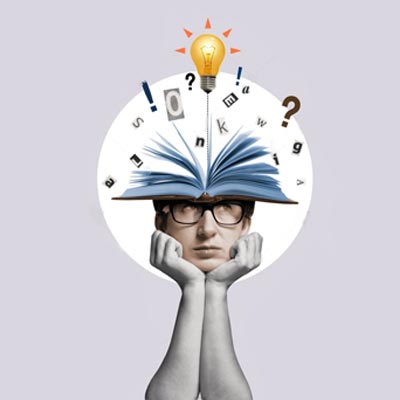
Empowering educators to foster inclusion through neuroscience principles.
Duration
00:01:15This course, "Educational Neuroscience for Educators: Empowering Minds for Inclusive Action," explores the connection between educational neuroscience and inclusive learning environments. Participants will define inclusion within their own contexts, create impactful inclusion plans, and understand brain activation's role in development.
Through evaluation and action planning, educators will learn to apply neuroscience principles to foster inclusivity in their classrooms and beyond.
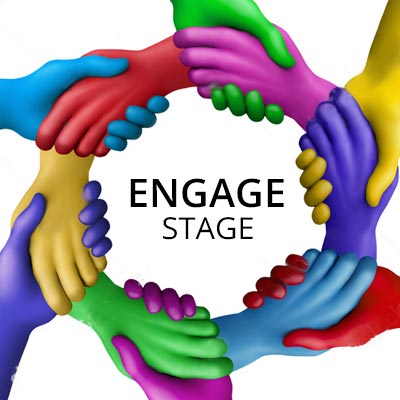
Engaging with inclusion concepts through observation and video provocations.
Duration
00:00:47In the Engage stage, you will explore the concept of inclusion by viewing thought-provoking videos and practicing observational skills. These provocations aim to spark curiosity and interest, helping you make connections to educational neuroscience.
By the end of this stage, you'll begin constructing your own definition of inclusion in education based on your learnings. Enjoy the journey of understanding inclusion in your learning environment.

Practice observing inclusion using the AEI, IOU framework.
Duration
00:02:22In "Observing Inclusion," you'll enhance your observational skills by watching a video provocation. Using the adapted AEI, IOU framework, observe inclusive actions, environments, interactions, objects, and users.
Reflect on how these elements connect to educational neuroscience, considering brain activity during inclusive experiences and learning processes. This stage aims to deepen your understanding of inclusion and its impact on educational settings. Enjoy this insightful exploration.
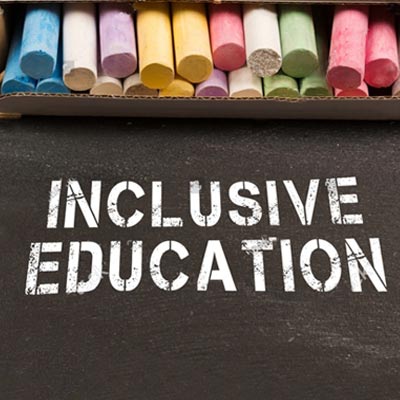
Create your initial definition of inclusion using guided questions.
Duration
00:02:16In "Defining Inclusion in Education," you'll craft your first definition of inclusion based on your observations and prior learning. Reflect on questions about what inclusion looks and feels like, its desirability, and its role in education.
Consider the opposite of inclusion and personal experiences with inclusivity. This foundational definition will evolve as you delve deeper into the concept throughout the course. Keep it handy for future refinement. Enjoy the process of defining inclusion in your own words.
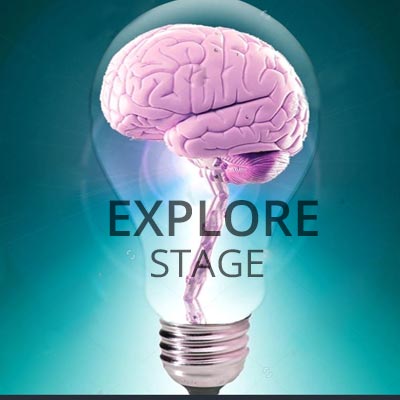
Discover key resources on inclusion and educational neuroscience.
Duration
00:01:17In the Explore stage, delve into curated resources on inclusion and educational neuroscience within an educational context. These key resources are designed to be informative and stimulating, motivating learners to deepen their understanding.
After exploring these materials, you'll refine your definition of inclusion, creating a second version that incorporates new insights and aligns with your specific context. Continue building your knowledge and evolving your definition in this engaging stage.
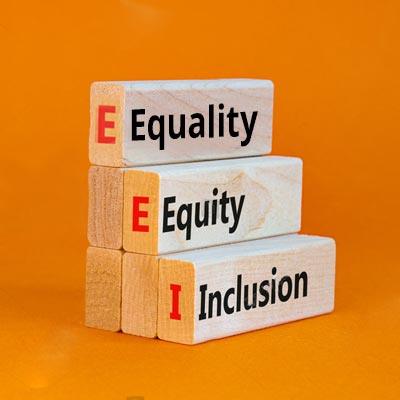
Delve into concepts of equality, equity, and inclusion in education.
Duration
00:01:53In "Exploring Inclusion," you'll engage with the OECD article "Adapting Curriculum to Bridge Equity Gaps." This resource examines equality, equity, and inclusion within educational settings. As you read, reflect on how these concepts differ and visualize them in your classroom or school context.
Use the insights and questions provided to refine your definition of inclusion, which you'll continue to develop throughout the course. Enjoy this deep dive into creating an inclusive curriculum.

Understand and support neurodiverse students in educational settings.
Duration
00:01:10In "Exploring Neurodiversity," you'll read the article "How Schools Can Support Neurodiverse Students" from the Child Mind Institute. This resource discusses neurodiversity, the natural differences in brain function, and how schools can support neurodiverse students.
Reflect on why inclusion matters in education and how it applies to your classroom or school context. Keep your insights handy as you continue to refine your definition of inclusion in the next lesson. Enjoy this exploration into neurodiversity.
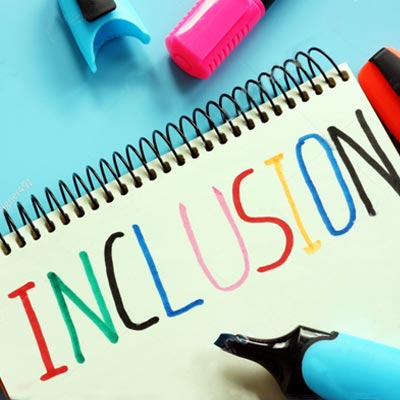
Refine and expand your inclusion definition based on new insights.
Duration
00:02:15In "Defining Inclusion in Education: Version 2," you'll revisit and refine your initial definition of inclusion. Reflect on your learning so far, incorporating insights from key resources on equity, equality, and neurodiversity.
Consider how your definition can support your current or future practice. This evolving definition can be more detailed and personalized as you progress through the course. Keep this version handy for further development in subsequent stages. Enjoy refining your understanding of inclusion in education.
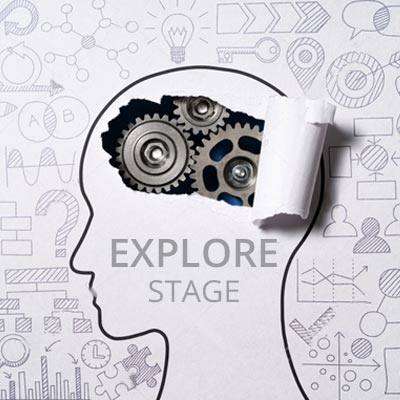
Understand brain neurochemicals' role in inclusive education.
Duration
00:01:02In the Explainer stage, you'll learn about key brain neurochemicals that influence wellbeing and learning, and their role in fostering inclusive education. Discover why our brains prefer inclusive learning environments and how this understanding can enhance educational practices.
Conclude this stage by finalizing your definition of inclusion, incorporating new insights to support your action planning and reflection in future stages. Enjoy deepening your knowledge of the brain's impact on inclusive education.
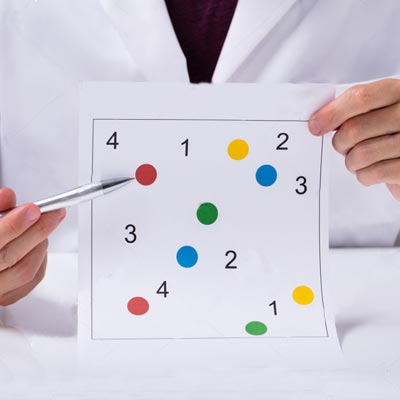
Explore dopamine, serotonin, and oxytocin's roles in learning and inclusion
Duration
00:01:58In "Understanding Key Neurochemicals for Learning," delve into dopamine, serotonin, and oxytocin—the reward, mood, and bonding chemicals. Understand how dopamine enhances motivation and cognition, serotonin regulates mood and satisfaction, and oxytocin fosters trust and collaboration in social and learning contexts.
Prepare to explain how these neurochemicals contribute to inclusive education, supporting diverse learning needs and fostering positive learning environments tailored to individual and collective experiences.

Explore how neurochemicals support inclusive educational practices.
Duration
00:03:41In "Connecting Neurochemicals and Inclusion," you'll use a Why Chart to link key neurochemicals—dopamine, serotonin, and oxytocin—to inclusive classroom practices. Record examples of practices that promote the release of these neurochemicals, enhancing reward, mood regulation, and bonding.
Then, draw connections between these practices and neurochemicals, showcasing how they interact to foster inclusive education. This exercise supports systems thinking and deepens your understanding of the brain's role in inclusive learning environments. Enjoy expanding your knowledge through this engaging activity.
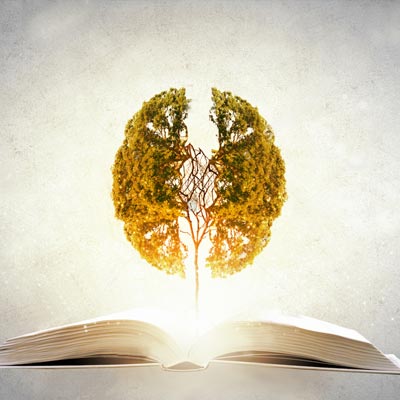
Enhance your inclusion definition with neurochemical insights and personal context.
Duration
00:02:05In "Refining Inclusion in Education: Final Version," refine your definition of inclusion based on recent learnings about neurochemicals and inclusive practices. Consider how dopamine, serotonin, and oxytocin influence learning environments and tailor your definition to your unique educational context.
Reflect on how this final version supports your current and future teaching practices. Use the provided assignment page to craft a definition that resonates with your educational philosophy and practice. Prepare to innovate for inclusive action in the next stage of your learning journey.
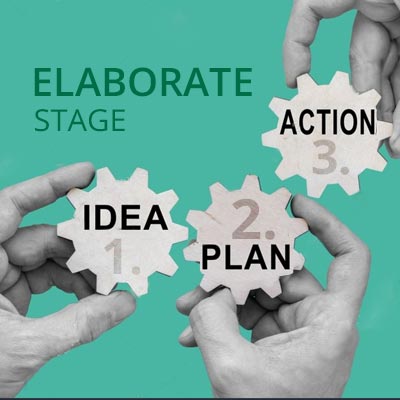
Use the Innovators Compass to create inclusive practice plans.
Duration
00:01:07In "Designing Inclusive Education Plans," utilize the Innovators Compass tool to develop inclusive practices for your classroom or school. Apply learnings from previous stages to craft actionable ideas that promote inclusivity.
Whether small-scale adjustments or comprehensive changes, focus on making positive impacts in your educational context. By the end of this stage, you'll have a solid plan to implement inclusive practices tailored to benefit your learners. Get ready to innovate and inspire positive change in education.
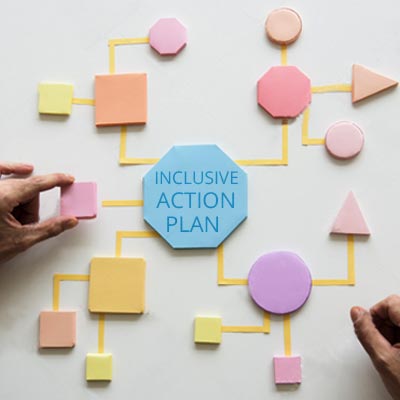
Use Innovators Compass for inclusive practice development.
Duration
00:02:33In "Crafting Inclusive Action Plans," utilize the Innovators Compass from innovatorscompass.org to design a comprehensive inclusive practice for your classroom or school. This stage guides you through identifying stakeholders, observing current inclusivity levels, defining core principles, generating innovative ideas, and planning experiments to enhance inclusivity.
Utilize the provided template and examples to formulate actionable steps that align with your educational values and promote a more inclusive learning environment. Prepare to implement and evaluate your plan in the next stage of your educational journey.
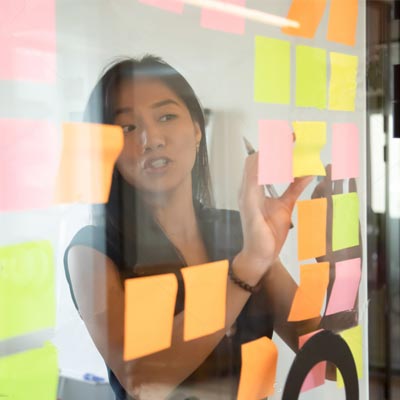
Utilize micro planning for implementing an inclusive practice.
Duration
00:02:34"Detailed Planning for Inclusion Action" guides you through using the Who, Where, When, Why, How micro planning framework to elaborate on your inclusive practice idea. Define who is involved and their roles, where and when the action will take place, and why it matters based on your course learnings.
Detail how your plan connects to your understanding of inclusion and neurochemicals, outlining steps, resources, and preparation needed. Prepare to implement and make a positive impact in your classroom or school community.
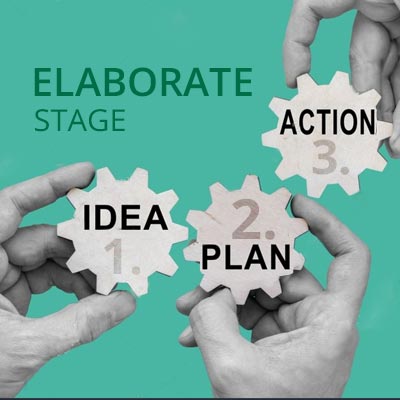
Use thinking routines to evaluate learning and personal growth.
Duration
00:00:52"Reflecting on Inclusive Education" marks the culmination of your course journey, focusing on two key thinking routines. First, reflect on the significance of inclusion in educational settings and its broader impact. Then, evaluate how your perspectives and thinking have evolved from the beginning to the end of the course.
Draw upon your comprehensive understanding of inclusion, educational neuroscience, and action planning to solidify your key takeaways and prepare for future application in your educational practice.
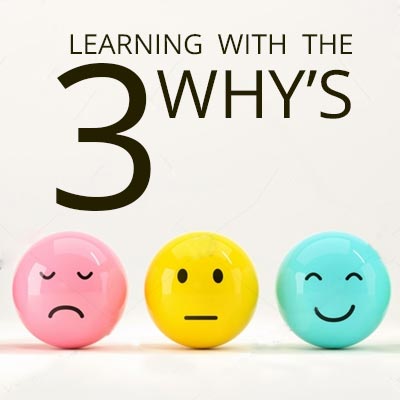
Use the Three Ys routine to reflect on inclusion's significance.
Duration
00:01:01"Reflecting on Inclusion: Three Ys Evaluation" guides you through Project Zero's Three Ys routine to deeply reflect on the importance of inclusion in education. Explore why inclusion matters personally to you, its impact on those around you, including learners, colleagues, and community, and its global significance.
This reflective exercise aims to solidify your understanding of inclusion's purpose, reinforcing its relevance in educational contexts and beyond. Enjoy this final step in synthesizing your learning journey and its implications for future practice.
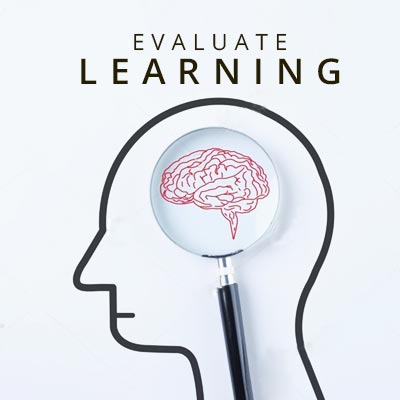
Reflecting on changing perspectives through the course journey.
Duration
00:01:13"Evolving Perspectives on Inclusion in Education" uses the "I Used to Think, Now I Think" routine from Project Zero to explore how your understanding and approach to inclusion education have evolved. Reflect on initial thoughts compared to current insights gained from learning provocations, defining inclusion, understanding equality, equity, and neurodiversity, exploring neurochemical impacts, and designing inclusive actions.
This exercise encourages deep introspection, highlighting personal growth and enhanced perspectives on fostering inclusive educational environments.
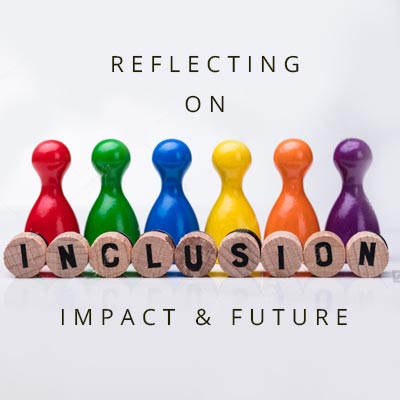
Reflecting on Inclusion: Impact and Future
Duration
00:00:49"Reflecting on Inclusion: Impact and Future" marks the final lesson of your course journey. Explore how your learning on inclusion in education can influence your practice at school and inspire others. Consider the potential impact on your learners and community, fostering inclusive environments.
This wrap-up encourages you to integrate newfound knowledge into your professional practice and stay engaged through ongoing learning networks. Keep an eye out for future opportunities and continue your journey towards inclusive education.